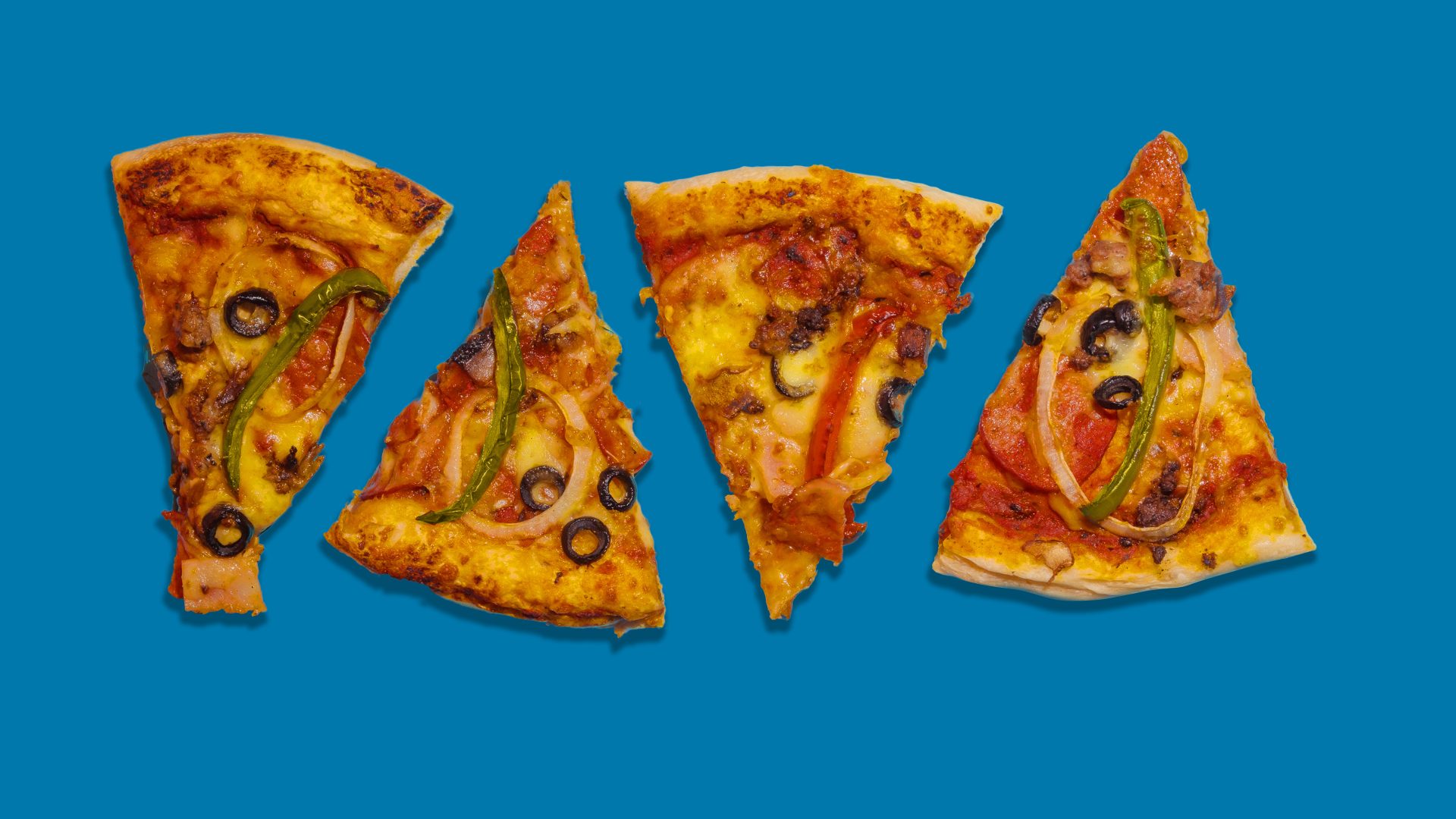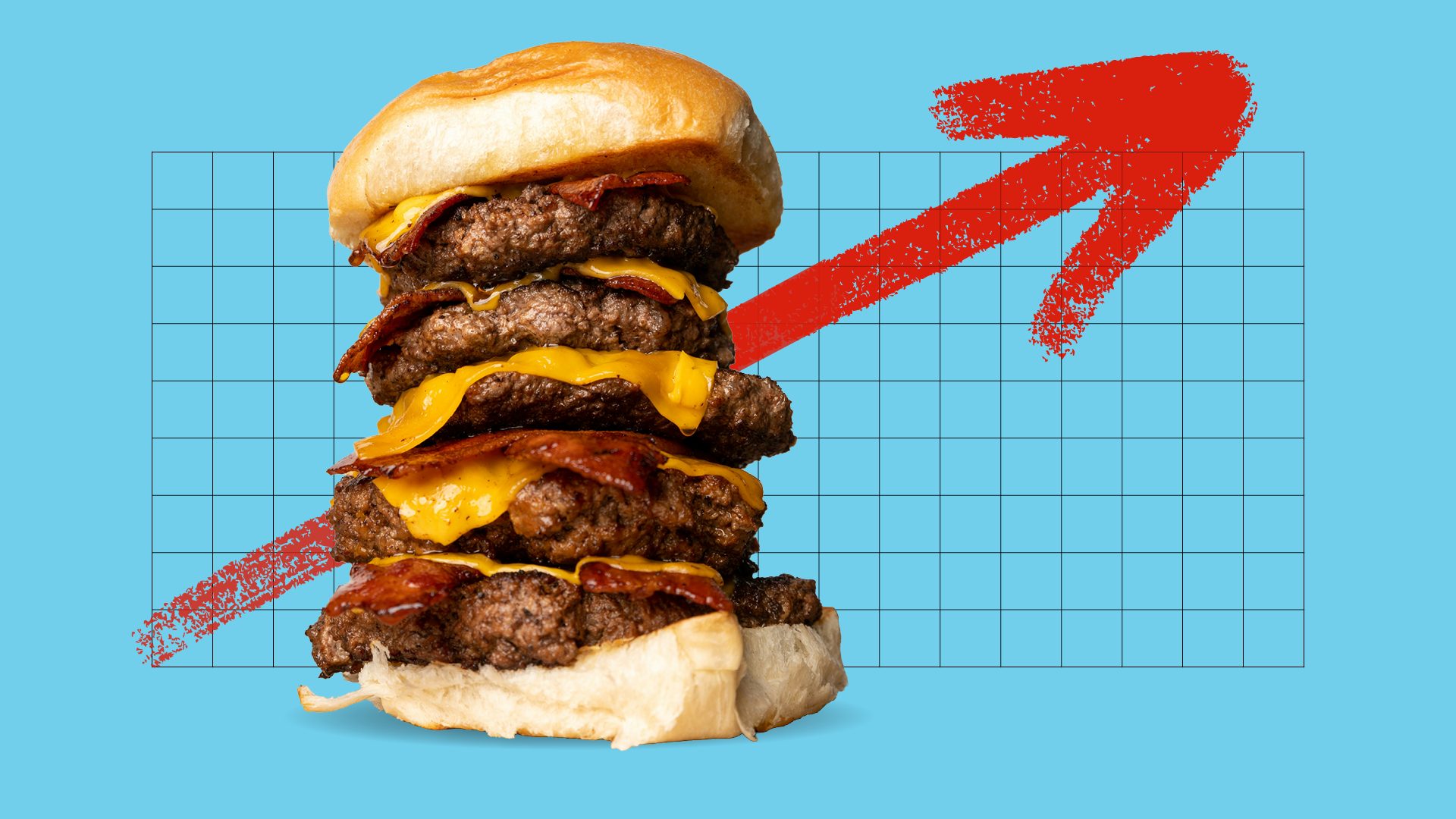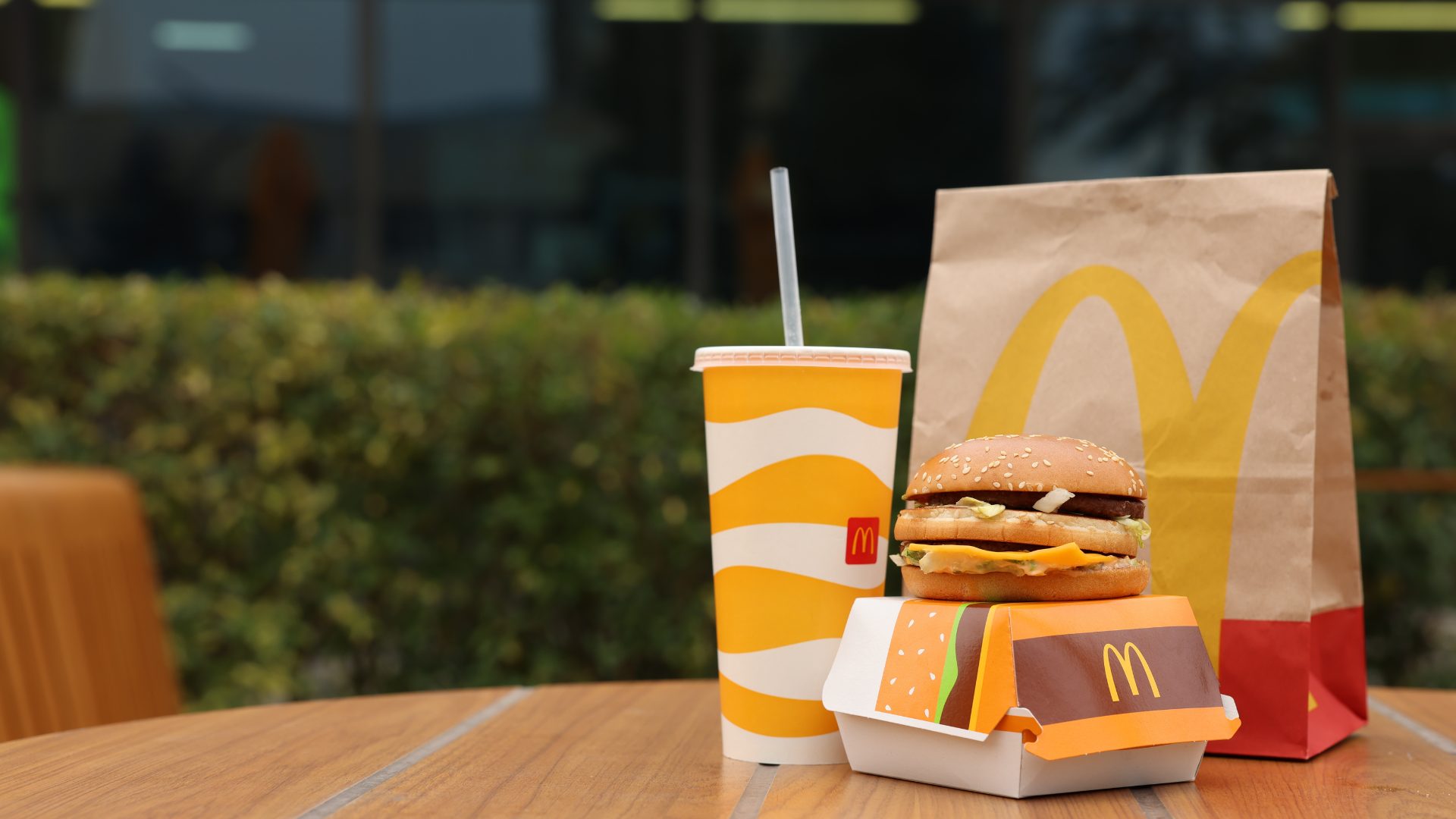Since Domino’s went public in July 2004, including dividends the stock has returned an impressive 7,768%. As Carbon Finance pointed out this week, Domino’s stock has outperformed that of Alphabet (the owner of Google), which had its IPO roughly a month later.
But the gains have not necessarily been consistent. Domino’s stock struggled out of the gate: its IPO was largely a disappointment, and by the end of 2009 had returned 11% total over more than five years. At the beginning of 2010, however, Patrick Doyle was named the company’s new chief executive officer – and both the business and the stock off.
An innovative marketing campaign in which Domino’s advertised the fact that its pizza was not that good successfully changed the company’s brand image. Domino’s pivoted quickly to the smartphone age, driving more revenue (and upsells) through its app. The company went from losing market share to gaining it.
Thanks to the franchise model – in which incremental revenues are hugely profitable, since they bear relatively minimal added cost – profits soared. Adjusted earnings per share in 2009 were 87 cents; ten years later, the figure was nearly $10. Per calculations by CNBC, among stocks that ended the decade with a market capitalization of $10 billion or more, Domino’s was the second-best stock in the entire market, with a total return of 3,753%.
But with the turnaround pretty much complete, this decade has been more difficult. Domino’s stock has returned 72% since the end of 2019, but that figure still lags the Standard & Poor’s 500. More worrisome is the fact that the stock still trades below highs reached back in late 2021.
Has Pizza Peaked?
The irony is that there doesn’t seem to be anything wrong with Domino’s itself. On the second quarter earnings call last week, CEO Russell Weiner noted that over the last ten years, Domino’s has taken about a point of market share every single year. Figures from publicly-traded competitors seem to confirm that argument: in 2024, for instance, Domino’s US same-store sales rose 3.2%, while North American sales for Papa John’s dropped 4% and Pizza Hut was off 3%.
The problem, instead, might be the pizza market itself.
The cause for concern here is quite obvious: the rise of third-party delivery platforms. As we noted last month, Instacart, DoorDash, and Uber Eats are growing at impressive rates. They now offer delivery of essentially the entire restaurant industry to essentially the entire country, creating competition for pizza that basically didn’t exist a decade ago.
Domino’s now has joined both Uber and DoorDash. But even that decision highlights the shift in power. As Weiner noted on the call last week, Domino’s owns nearly a quarter of the pizza market. Yet even with that size, it has to join the platforms that are threatening its dominance in pizza — dominance that historically translated to a huge share of the delivery market more broadly.
Indeed, even while Domino’s is taking market share, the market clearly has stagnated. Based on the three major chains’ outlooks for this year, Domino’s should probably grow same-store sales about 7% total over a four-year stretch. That’s growth below inflation; meanwhile, both Papa John’s and Pizza Hut will see same-store sales decline over that stretch.

A Lukewarm Forecast
To be sure, macroeconomic factors are likely somewhat at play. Domino’s has repeatedly called out weakness in its lower-income cohorts (though it did see a rebound in that group during the second quarter). But competition clearly is a concern among investors.
In the Q&A of the second quarter call, analyst David Palmer of Evercore ISI got right to the point. He noted that Domino’s sales had benefited of late from the agreements with DoorDash and Uber Eats, as well as a successful launch of stuffed crust pizza in the first quarter. As Palmer put it, “people have this feeling that we’re entering a really a golden year for Domino’s, and it’s going to be tough for you to keep a 3% plus [same-store sales growth figure] going longer term after this time period.”
It’s a stunning change for investors to worry that Domino’s might not be able to grow sales 3% a year. This is a business that across the entire 2010s posted average annual same-store sales growth of nearly seven percent. The success of the turnaround was a factor then; a more difficult macro environment is an issue now. But those external trends alone don’t appear to explain the sharp deceleration in growth.
Competition is a factor, and that’s not just a U.S. problem: there are six publicly traded international Domino’s franchisors, and on average those stocks have fallen 4% over the last three years. In markets ranging from India to Turkey to Australia to the U.S. the pizza market has slowed down. Investors see it, and Wall Street sees it: on the call, one analyst even asked if Domino’s might move more aggressively into the fast-growing chicken category.
In that sense, the fact that Domino’s stock has traded sideways over the last few years is in fact something of a win; Papa John’s shares have fallen 64% since the start of 2022. Domino’s stock has only avoided the same fate with market share gains and impressive execution. But the challenges in pizza are large enough that, going forward, investors worry that even impressive execution won’t be enough.
Vince Martin is an analyst and author whose work has appeared on multiple financial industry websites for more than a decade; he’s currently the lead writer for Wall Street & Main. He has no positions in any companies mentioned.





